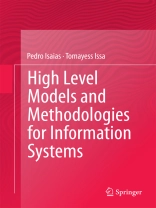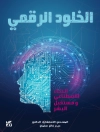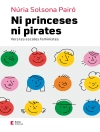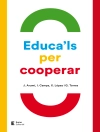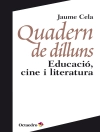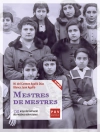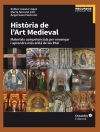In this book the authors introduce and explain many methods and models for the development of Information Systems (IS). It was written in large part to aid designers in designing successful devices/systems to match user needs in the field. Chief among these are website development, usability evaluation, quality evaluation and success assessment. The book provides great detail in order to assist readers’ comprehension and understanding of both novel and refined methodologies by presenting, describing, explaining and illustrating their basics and working mechanics. Furthermore, this book presents many traditional methods and methodologies in an effort to make up a comprehensive volume on High Level Models and Methodologies for Information Systems.
The target audience for this book is anyone interested in conducting research in IS planning and development. The book represents a main source of theory and practice of IS methods and methodologies applied to these realities. The book will appeal to a range of professions that are involved in planning and building the information systems, for example information technologists, information systems developers, as well as Web designers and developers—both researchers and practitioners; as a consequence, this book represents a genuinely multi-disciplinary approach to the field of IS methods and methodologies.
Innehållsförteckning
I – Information Systems Development Lifecycle Models.- The Waterfall Lifecycle Model.- The Spiral Lifecycle Model.- Rapid Application Development (RAD).- Systems Development Life Cycle (SDLC).- The Star Lifecycle Model.- The Usability Engineering Lifecycle.- II – Information Systems Development Methodologies.- Structured Systems Analysis and Design Methodology (SSADM).- Soft Systems Methodology (SSM).- User-Centered Development Methodology.- ETHICS Methodology.- Gane and Sarson (STRADIS).- Information Engineering (IE).- Jackson Systems Development (JSD).- Information Systems Work and Analysis of Changes (ISAC).- Multiview.- Agile Methodology.- III – Web Site Development Methodologies.- Participative Methodology for Developing Websites.- Human Factors Methodology for Designing Websites.- Relationship Management Methodology (RMM).- The W3DT Design Methodology.- Information Development Methodology for the Web.-The Web Site Design Method (WSDM).- Object-Oriented Hypermedia Design Methodology (OOHDM).- IV – Usability Evaluation Models.- Cognitive Walkthrough.- Heuristic Evaluation.- Goals, Operators, Methods and Selection Rules (GOMS) Models.- Executive Process-Interactive Control (EPIC) Model.- Adaptive Control of Thought – Rational Model (ACT-R).-Adaptive Control of Thought in Information Foraging Modeling (ACT-IF).- V – Quality Evaluation Models.- Technology Acceptance Model (TAM).- Theory of Reasoned Action (TRA).- Theory of Planned Behavior (TPB).- Task Technology Fit Model (TFF).- Innovation Diffusion Theory Model (IDT).- Expectation-Disconfirmation Model (EDT).- Technology Acceptance Model 2 (TAM2).- Unified Theory of Acceptance and Use Model (UTAUT).- VI – Information Systems’ Models for Success Assessment.- Delone and Mc Lean’s IS Success Model.- Seddon Model.- IS-Impact Measurement Model.- 3d Model of Information Systems Success.- Strategic Information System Planning (SISP) Effectiveness.
Om författaren
Pedro Isaías is a professor at the Universidade Aberta (Portuguese Open University) in Lisbon, Portugal, responsible for several courses and Director of the Master’s Degree program in Electronic Commerce and Internet since its start in 2003. He is co-Founder and President of IADIS – International Association for Development of the Information Society, a scientific non-profit association. Tomayess Issa is a Senior Lecturer at the School of Information Systems at Curtin University, Australia. In addition, she is a Postgraduate Course leader and Postgraduate Online Coordinator.
